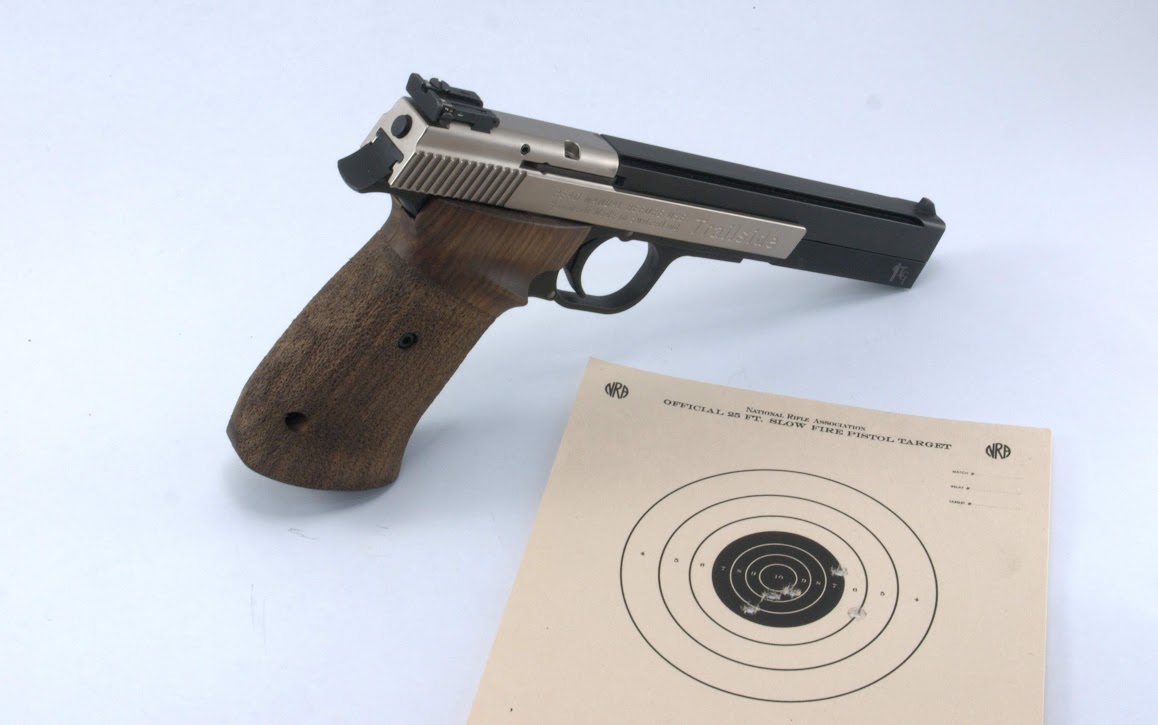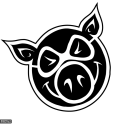Hi All,
I've been shooting handguns since January of this year. My first purchase was a Beretta 92A1 and to be honest, I've never shot it particularly well, despite practicing with it at least a couple of times each month. I've decided to get a little more serious my training by shooting for a couple of hours each week, and that means focusing on learning to shoot the Beretta accurately, since it's my bedside table gun. I went through a phase where I was thinking about selling the Beretta and replacing it with a P30L LEM. I was blaming the Beretta for being DA/SA, for having a crappy trigger, for having a big, uncomfortable grip, and just about anything else I could think of. I knew that my skills/habits were the problem, but it's amazing how tempting it can be to try to buy your way out of doing something difficult.
Anyway, I'm a lefty and 90% of my shots with the Beretta were low-right, which indicates that I'm flinching and pulling my shots. This morning I tried the 3X5 card drill and I mixed in 2 snap caps with each of my 6-round magazines.
I started the 3X5 drill using my Hammerli Trailside (.22) and within 100 rounds I was at the 15-yard line and putting 5 out of 6 shots on the index cards.
When I switched to the Beretta, I decided that
A) Even though I hate the DA trigger pull, I would follow the drill instructions and alternate DA shots and SA shots consistently
B) I would not move past the 3-yard mark until I had 6 bullet holes touching each other on an index card
and
C) Every time I caught myself flinching on a dummy round I would dry fire 10X before moving on
Well, I attempted the 3 yard drill 18 times and every damn time I was flinching on my dummy rounds and pulling shots. I was humbled, I was frustrated, and I was determined to keep going. I brought 115 rounds of 9mm to the range with me, so after the 18 sets of 6, I had 7 rounds left, and I loaded them all up. You can see the results in the picture below. Not exactly one ragged hole, but MUCH better than the start of the morning. You can see that most of the shots are still low right, which means I have work to do, but I'm so glad I tried this drill as it's helping me to address a fundamental problem.
I still like the idea of picking up a P30L and perhaps other 9mm pistols in the future, but my goal now is to be an accurate shot with the Beretta before I even consider additional handgun purchases.
One thing that I'm wondering about is how the ball and dummy method cures flinching (assuming it actually does that). Does having the potential for a dummy round allow your mind to trick itself into ignoring the flinch impulse? Does it simply force you to concentrate on a proper trigger pull where you're surprised by the break, rather than anticipating the break and giving an extra squeeze/jerk at the end?
Anyway, thanks so much for creating a site/forum focused on shooting well.



 Reply With Quote
Reply With Quote

 ) is lots of dry-fire, lots of dummy-and-ball, and occasional mag dumps. Dummy and ball is like ball and dummy, but with lots more dummies than balls. I'd go through 10 mags with 9 dummies and a live round in there somewhere. After a month or two of doing that every week, I went through a couple more months where I'd start every session with my cold drill (The Test, at the time) and then do a mag of 14 dummies and 1 live, 5 dummies and 5 live, and 1 dummy and 5 live rounds - the three mags would be random so I wouldn't know which mag I had (it would be obvious after a few shots, but...) And a mag dump now and then would help get me past the BOOM so that I could focus on the trigger pull.
) is lots of dry-fire, lots of dummy-and-ball, and occasional mag dumps. Dummy and ball is like ball and dummy, but with lots more dummies than balls. I'd go through 10 mags with 9 dummies and a live round in there somewhere. After a month or two of doing that every week, I went through a couple more months where I'd start every session with my cold drill (The Test, at the time) and then do a mag of 14 dummies and 1 live, 5 dummies and 5 live, and 1 dummy and 5 live rounds - the three mags would be random so I wouldn't know which mag I had (it would be obvious after a few shots, but...) And a mag dump now and then would help get me past the BOOM so that I could focus on the trigger pull.




